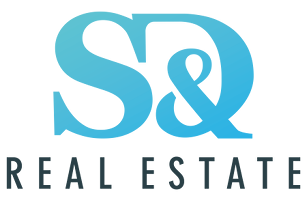Not only are homebuyers rushing to snag historically low mortgage rates, but current homeowners are taking advantage of them too.
By refinancing their existing mortgages, homeowners can save hundreds of dollars by lowering their interest rates.
However, refinancing may not be suited for every situation.
Your break-even point is a good frame of reference to determine if it will be worth refinancing.
How does refinancing work?
To understand what a break-even point is, you must first understand how refinancing works.
When you refinance your mortgage, you take out a new loan to replace your old one.
This new loan is based on current interest rates and takes another deep dive into your credit to see if anything has changed or improved.
Just like when you closed on your first home loan, closing costs come into play here too.
Now is when it is important to understand your break-even point.
The break-even point explained
The amount of time it takes you to earn back what you put into your refinance is your break-even point.
After your break-even point is hit then you will truly start to see savings.
Closing costs on a refinance can be upwards of thousands of dollars. You need to make sure whatever this amount may be, it makes financial sense to spend that amount.
Some homeowners may not meet their break-even point before they are ready to move out.
Figuring out your break-even point
There is a simple calculation you can use to find your break-even point.
You divide the total upfront cost by your projected monthly savings. You should have these numbers after talking with your lender.
If you stand to save $50 a month by refinancing, but are needing to pay $3,500 in closing costs, it will take you 70 months to break-even. That is almost 6 years.
It is a completely personal decision upon discovering your break-even point if refinancing is the best financial decision for you.
Other items to note
When refinancing, you do not have to stick with the same lender your current loan is with.
Feel free to shop around for different rates. In fact, we encourage you to do so!
Another thing to keep in mind is that a no-closing cost refinance could be available to you. This is where the closing costs are rolled into your new loan or you opt to pay a higher interest rate.
Speak with a few different lenders to see if you can qualify for this option and that it is the right choice for you.
The biggest takeaway from learning about your break-even point is that you should go into this process with a financial plan and be prepared to pay a sum of money upfront.
However, do not be afraid to take a high risk if it means a high reward!

